The world of gemstones is filled with captivating phenomena, and few are as mesmerizing as the pleochroism displayed by tanzanite. This unique property, which causes the stone to exhibit different colors when viewed from various angles, presents both a challenge and an opportunity for lapidaries. The art of cutting tanzanite to optimize its color play requires not only technical skill but also an intimate understanding of the crystal's optical properties.
Discovered in the foothills of Mount Kilimanjaro in 1967, tanzanite quickly gained recognition for its striking violet-blue hues. What many gem enthusiasts don't realize is that this prized coloration results from careful orientation during the cutting process. The rough crystals typically show three distinct pleochroic colors: blue, violet, and burgundy. The cutter's dilemma lies in deciding which of these colors to emphasize, as the orientation of the cut will determine the stone's dominant hue.
Master cutters approach tanzanite with a philosophy that balances science and artistry. Before making the first incision, they spend considerable time studying the rough crystal under different light conditions. Using specialized polarizing tools, they map the crystal's optical axes to understand how light will interact with the material. This preliminary work is crucial because once cutting begins, there's no turning back - tanzanite's value can be significantly enhanced or diminished based on these early decisions.
The traditional approach favors orienting the stone to maximize the blue component, as this has historically commanded the highest market prices. However, contemporary designers are increasingly experimenting with alternative orientations that showcase the stone's full pleochroic range. Some innovative cuts allow the stone to display different dominant colors when viewed from the top versus the side, creating dynamic jewelry pieces that change character with movement.
Temperature treatment plays a significant role in tanzanite's final appearance. Most tanzanite undergoes heat treatment to reduce brownish tones and enhance the blue-violet colors. Cutters must account for this transformation when planning their work, as the heat can slightly alter the stone's refractive properties. The most skilled artisans can predict how the treatment will affect the finished stone's color distribution and plan their cuts accordingly.
One of the most challenging aspects of tanzanite cutting involves managing its perfect cleavage. Unlike many other gemstones, tanzanite can split cleanly along one direction, making it particularly vulnerable during the cutting process. Experienced cutters develop a delicate touch when working with tanzanite, applying just enough pressure to shape the stone without causing fractures. This requires specialized equipment and techniques that differ from those used for harder materials like sapphire or ruby.
The cutting style chosen for tanzanite significantly impacts its final appearance. While the classic oval or cushion cuts remain popular for their ability to showcase color consistency, more adventurous cutters are employing mixed cuts that combine brilliant facets with step-cut patterns. These hybrid approaches can create fascinating light plays that highlight tanzanite's unique optical properties. Some cutters even deliberately leave certain facets slightly uneven to create intentional color zoning that adds depth and character to the stone.
Market trends continue to influence cutting decisions, with consumer preferences shifting toward stones that display multiple colors rather than uniform blue. This has led to increased experimentation with fancy shapes and asymmetrical designs that would have been considered unconventional a decade ago. The rise of bespoke jewelry has also empowered cutters to create truly unique pieces that celebrate tanzanite's natural variations rather than trying to standardize them.
Lighting conditions present another consideration in tanzanite cutting. Stones cut for optimal appearance in daylight might look completely different under incandescent lighting. Savvy cutters often test their work under multiple light sources to ensure the stone maintains its appeal across various environments. This attention to detail separates exceptional tanzanites from merely good ones, as the finest specimens display beautiful colors regardless of the lighting situation.
The future of tanzanite cutting appears bright, with new technologies enabling more precise orientation of rough material. Advanced imaging systems can now create 3D models of crystals before cutting begins, allowing for virtual testing of different cutting approaches. These tools help minimize waste of this increasingly rare material while maximizing its visual potential. As mining output declines and high-quality rough becomes scarcer, such innovations will become increasingly valuable to the industry.
Collectors and connoisseurs are developing a deeper appreciation for well-cut tanzanite that showcases the stone's full pleochroic nature. Rather than viewing the multiple colors as a flaw to be minimized, many now seek out stones where the cutter has intentionally preserved this unique characteristic. This shift in perception is leading to greater diversity in cutting styles and more creative expressions of tanzanite's natural beauty.
Ultimately, the art of tanzanite cutting represents a delicate balance between honoring the stone's natural properties and enhancing them through human craftsmanship. Each decision in the cutting process - from initial orientation to final polishing - contributes to the stone's personality and value. As techniques continue to evolve and consumer tastes change, one thing remains constant: the magic of a perfectly cut tanzanite that dances with color from every angle.
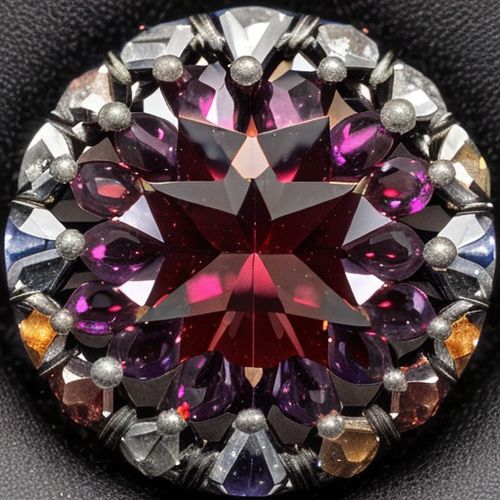
By Grace Cox/Apr 27, 2025
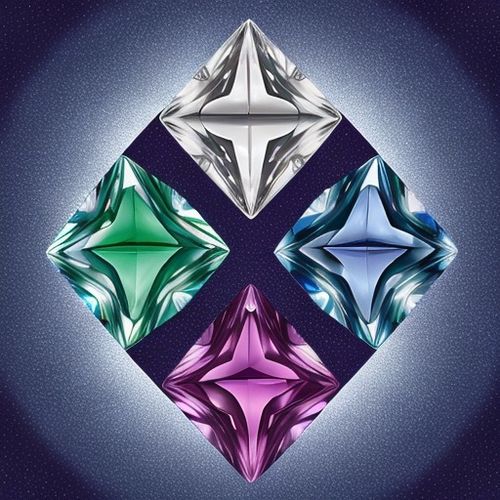
By Christopher Harris/Apr 27, 2025
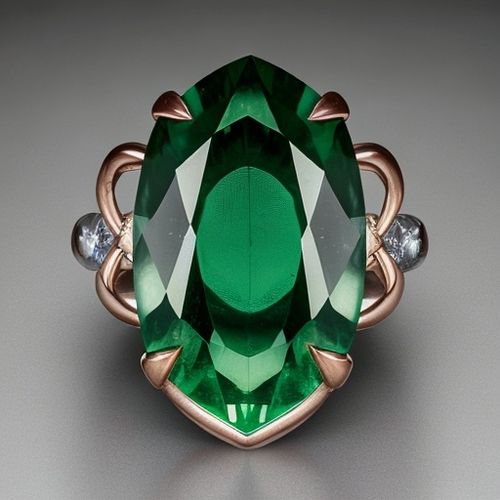
By Thomas Roberts/Apr 27, 2025
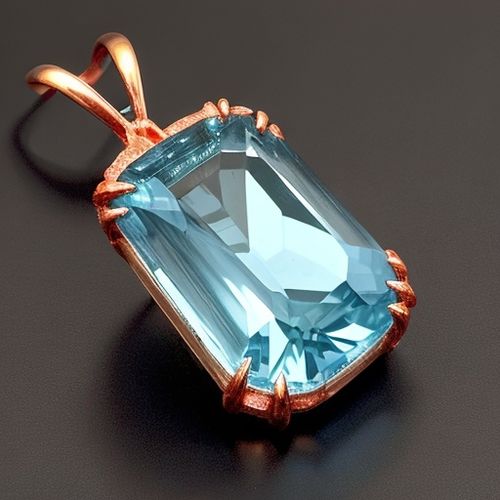
By Joshua Howard/Apr 27, 2025
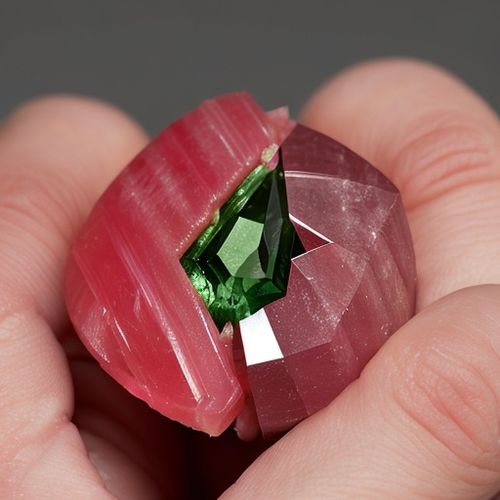
By George Bailey/Apr 27, 2025
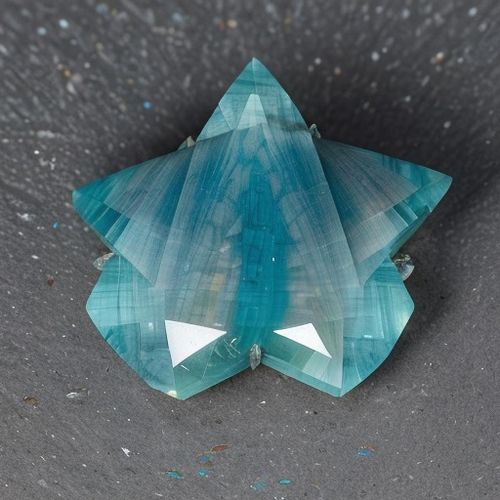
By Amanda Phillips/Apr 27, 2025
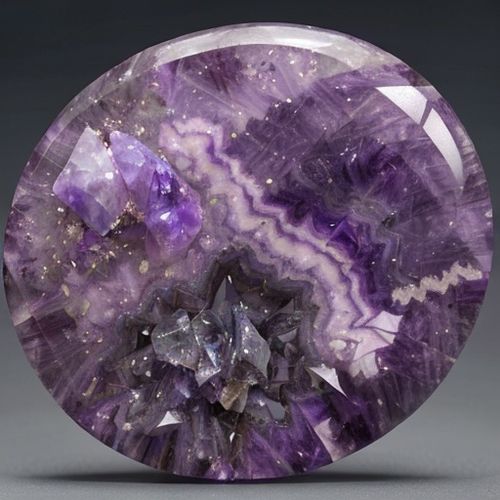
By Emily Johnson/Apr 27, 2025
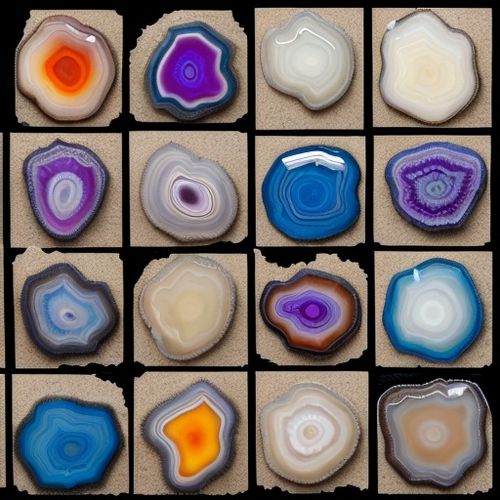
By Samuel Cooper/Apr 27, 2025
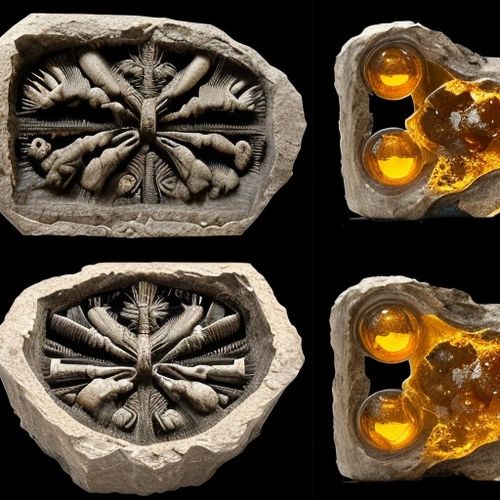
By Emma Thompson/Apr 27, 2025

By George Bailey/Apr 27, 2025
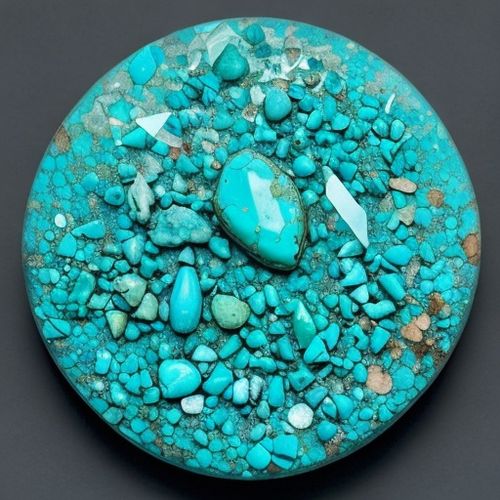
By Eric Ward/Apr 27, 2025
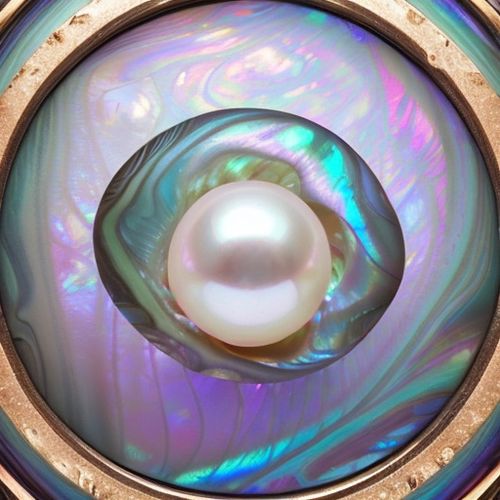
By Noah Bell/Apr 27, 2025

By Samuel Cooper/Apr 27, 2025
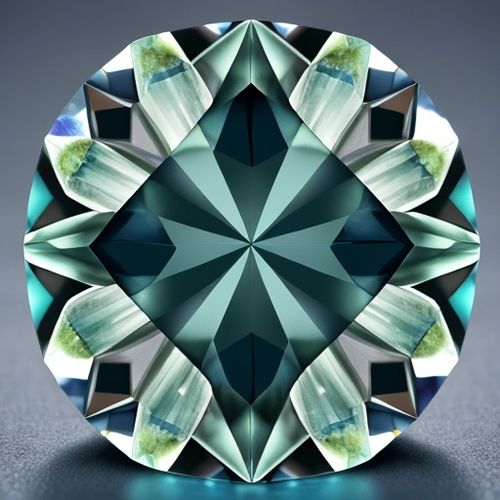
By Eric Ward/Apr 27, 2025
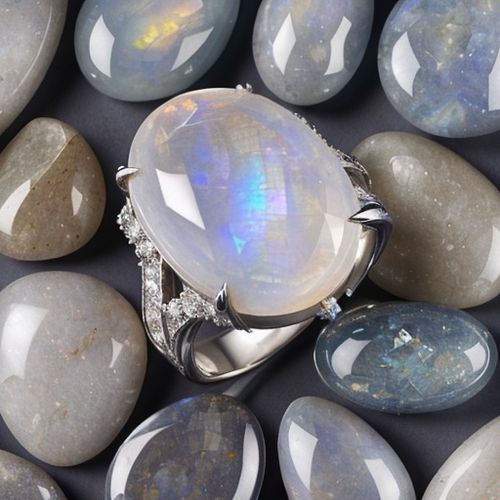
By George Bailey/Apr 27, 2025
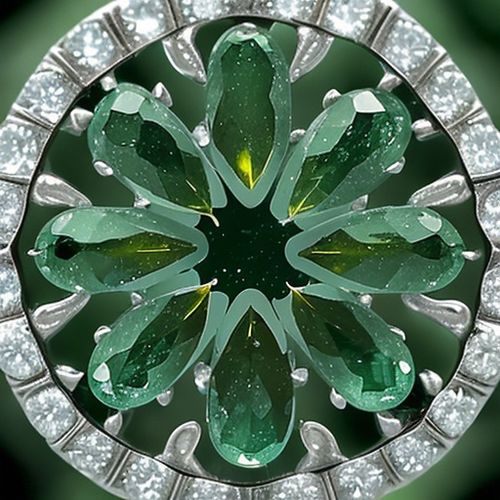
By Eric Ward/Apr 27, 2025
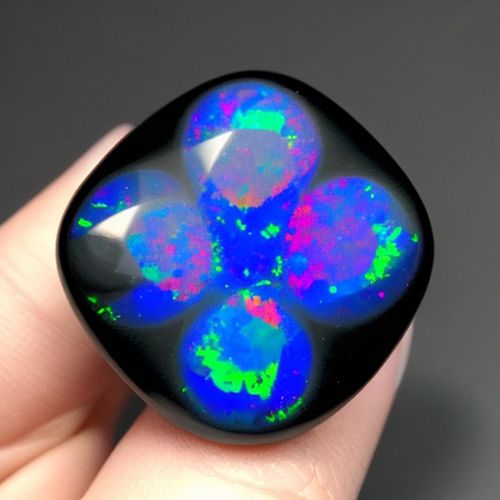
By David Anderson/Apr 27, 2025
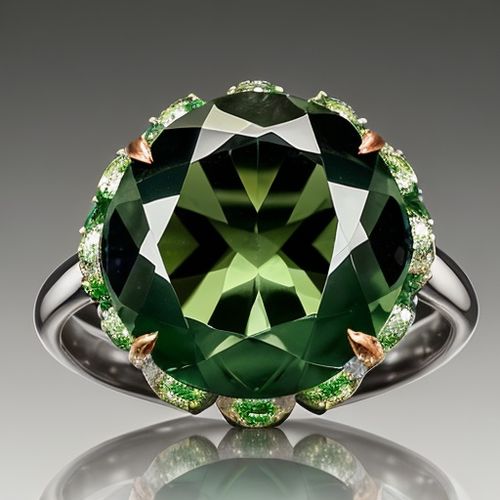
By Lily Simpson/Apr 27, 2025
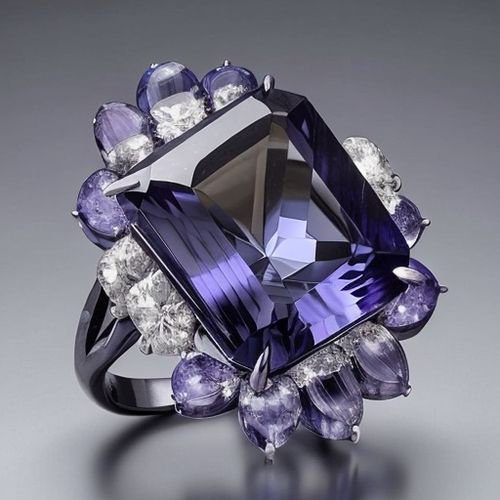
By Natalie Campbell/Apr 27, 2025

By William Miller/Apr 27, 2025